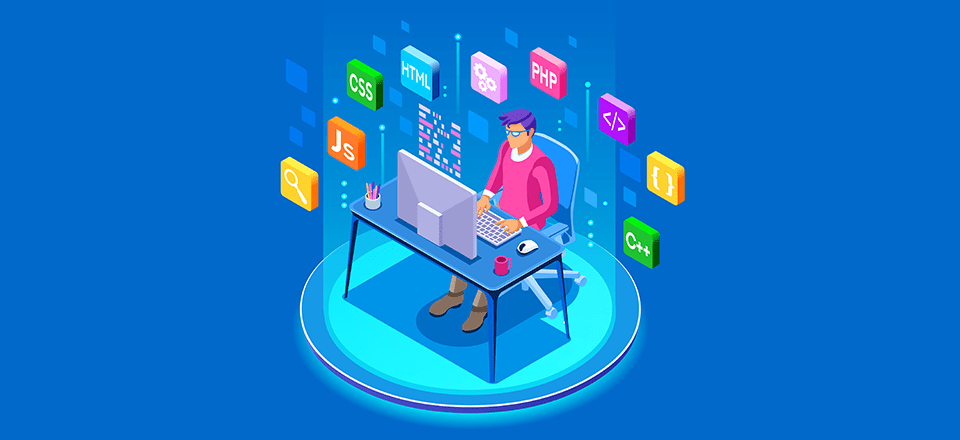Introduction
Web development technologies are constantly evolving, and it can be challenging to keep up with the latest trends.

As a web developer or business owner, it’s crucial to stay updated with the latest web development technologies to create fast, secure, and responsive websites. In this blog post, we’ll explore ten of the latest web development technologies you can’t afford to ignore.
Table of Contents
React
React is a popular JavaScript library for building user interfaces. It’s used by companies such as Facebook, Netflix, and Airbnb, and it’s known for its speed, scalability, and flexibility. React allows developers to create reusable UI components and build complex applications with ease.
GraphQL
GraphQL is a query language for APIs that enables developers to request and receive only the data they need. It’s faster and more efficient than traditional REST APIs, and it allows for a more flexible and dynamic data exchange between the client and the server.
Progressive Web Apps (PWA)
Progressive Web Apps are web applications that provide a native-like experience on mobile devices. They’re built using web technologies like HTML, CSS, and JavaScript and can be accessed through a web browser. PWAs can work offline, send push notifications, and be installed on a user’s home screen, making them a compelling alternative to native apps.
Serverless Architecture
Serverless architecture is a cloud computing model where the cloud provider manages the infrastructure and automatically allocates resources as needed. Developers can write and deploy code without worrying about server management, scaling, or availability. Serverless architecture is cost-effective, scalable, and ideal for event-driven applications.
WebAssembly
WebAssembly is a low-level binary format that enables high-performance computing in the browser. It allows developers to write complex applications in languages like C++, Rust, and Go and compile them to run in the browser. WebAssembly is faster than JavaScript and opens up new possibilities for web applications, such as video and audio editing and gaming.
Headless CMS
A Headless CMS is a content management system that separates the content from the presentation layer. Developers can create content once and use it across multiple platforms, including web, mobile, and IoT devices. Headless CMSs offer more flexibility and freedom than traditional CMSs, making them ideal for modern web development.
Single Page Applications (SPA)
Single Page Applications are web applications that load a single HTML page and dynamically update the content as the user interacts with the application. They offer a faster and more responsive user experience and reduce server load by fetching data asynchronously. SPA frameworks like Angular, React, and Vue are popular choices for building SPAs.
Web Components
Web Components are a set of web platform APIs that allow developers to create custom HTML elements and reuse them across multiple web applications. They provide a standard way to encapsulate HTML, CSS, and JavaScript code and create modular, reusable components. Web Components are supported by all modern browsers and can be used with any web framework.
Motion UI
Motion UI is a Sass library for creating animated transitions and effects in web design. It allows developers to add subtle animations and interactions that enhance the user experience and make the website feel more alive. Motion UI is easy to use and can be integrated into any web project.
Static Site Generators
Static Site Generators are tools that generate static HTML files from templates and content. They’re faster and more secure than traditional dynamic websites and require less maintenance. Static Site Generators like Gatsby, Hugo, and Jekyll are popular choices for building blogs, e-commerce sites, and documentation.
Web Development Conclusion
In conclusion, the world of web development is constantly evolving, and it’s crucial to stay up to date with the latest technologies and trends. The ten technologies we’ve discussed in this blog post – Progressive Web Apps, Voice User Interface, Augmented Reality, Blockchain Technology, Single Page Applications, Static Site Generators, Headless CMS, Artificial Intelligence, Serverless Computing, and WebAssembly – are just a few examples of the many exciting developments taking place in the industry. By incorporating these technologies into their projects, developers can create more engaging, user-friendly, and innovative websites and applications. Keep exploring and experimenting with these technologies to stay ahead of the game! And if you want to learn more about the latest tech developments, check out http:\\.letsflytogather.com, a great resource of emerging Science & Technology.

